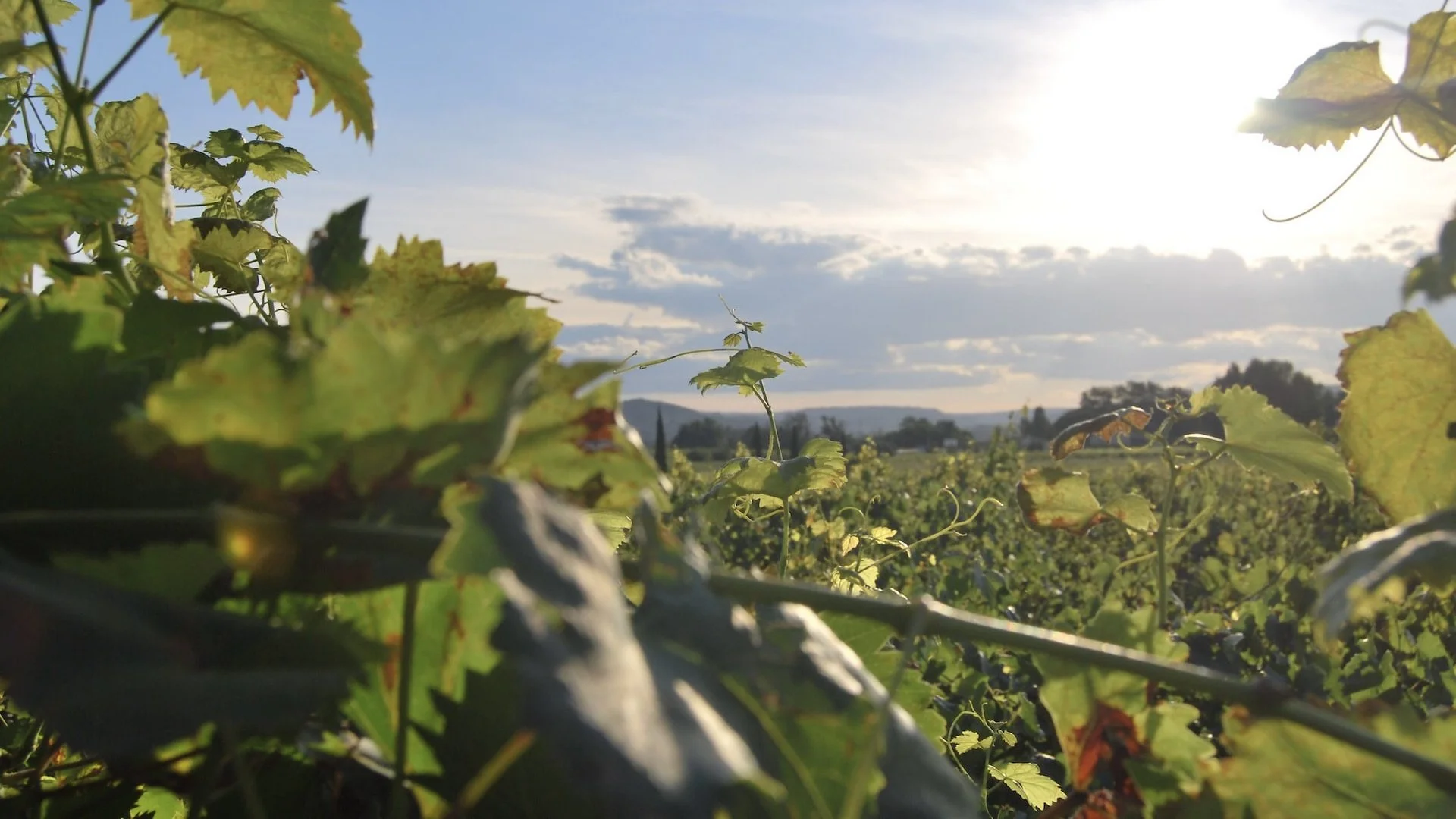Wines of Chile
Many people divide the world of wine into Old and New, a distinction based on time: the Old World has been making fine wine a lot longer than the New. For example, countries such as France, Spain and Italy are part of the Old World, whereas Australia, The United States and Chile are part of the New World.
Nuevo Chile
But perhaps the newest of the New is Chile. Although by 1550, Spanish missionaries and conquistadors had planted wine grapes in Chile, it wasn’t until well into the 1980s that Chile made much that a non-Chilean might drink.
Here’s the story: In the mid-19th century, the plant louse phylloxera had devastated the vineyards (and bank accounts) of many French winemakers who then shopped the world for work. Chile obliged, in large part because a newly wealthy class emulated all things French - building homes, for instance, to resemble Bordeaux châteaux.
Dozens of French winemakers settled in Chile, bringing with them vine cuttings such as cabernet sauvignon and chardonnay - grape that had a toe-hold in the Chile long before they became popular in the United States.
Photo by Boudewijn Huysmans on unsplash.com
Viejo viño
However, even in those days the taste for wine in Chile was decidedly not French. Until, say, 20 years ago, Chileans preferred their wines to be thin, slightly oxidized and inexpensive.
Such wines didn’t - and don’t - sell beyond Chile’s borders. Neither, lately, did Chile’s image - a country marred by political strife and thickets of bureaucracy.
That all changed during the past 20-plus years - and so did Chilean winemaking.
As soon as the world recognized Chile as a stable trading partner, enormous amounts of foreign capital (mostly from France and the United States) flowed into Chile’s vineyards. It was an investor’s no-brainer: Chile is home to one of the most hospitable places on the globe for grapes.
No where else in the world
Chile is topographically unique. This (amazingly lengthy) country has the world’s driest desert (the Atacama) at its head, the Patagonian lake country at its feet and the Pacific Ocean and Andes Mountains to either side.
For a winemaker, such geographic isolation is ideal. Chile and Argentina are the only two countries in the world not (yet) to have been visited by phylloxera. Likewise, Chile need not spray for vineyard pests (there aren’t many).
Other plusses: Chile has no lack of irrigation water (due to Andean snowmelt), can boast an average of 310 sunny days a year and easily earns that favored sobriquet for wine labels - “ an abundance of warm days and cool nights.”
Valleys
Like skirts, many valleys spread out from the feet of the Andes Mountains and it is from them that some of Chile’s best wine comes to market.
The Maipo is the most distinguished, home to excellent cabernet sauvignon and some of the country’s oldest, most prestigious wineries. The Casablanca Valley is closest to the Pacific and one of the more up-and-coming (and invested in) regions, especially for chardonnay.
The warmest of Chile’s valleys is the Aconcagua - named after the Andes’ most imposing peak under which it is located - and nicely supports cabernet sauvignon and other Bordeaux varietals.
But the newest news is that many, many new areas have emerged as expert in cool-climate grape growing and wine production - places such as Elqui for sauvignon blanc, Limari for syrah and San Antonio and Bio Bio for pinot noir.
Chile’s “own” grape, carmenère (mistaken for merlot in days past, but clearly identified today) excels at dark, brooding flavors and scents. Well-managed, carmenère is as distinctive as the country’s diversity is its own distinguishing feature.
